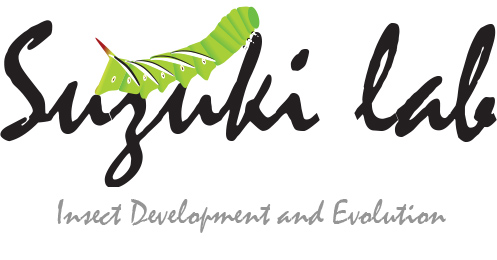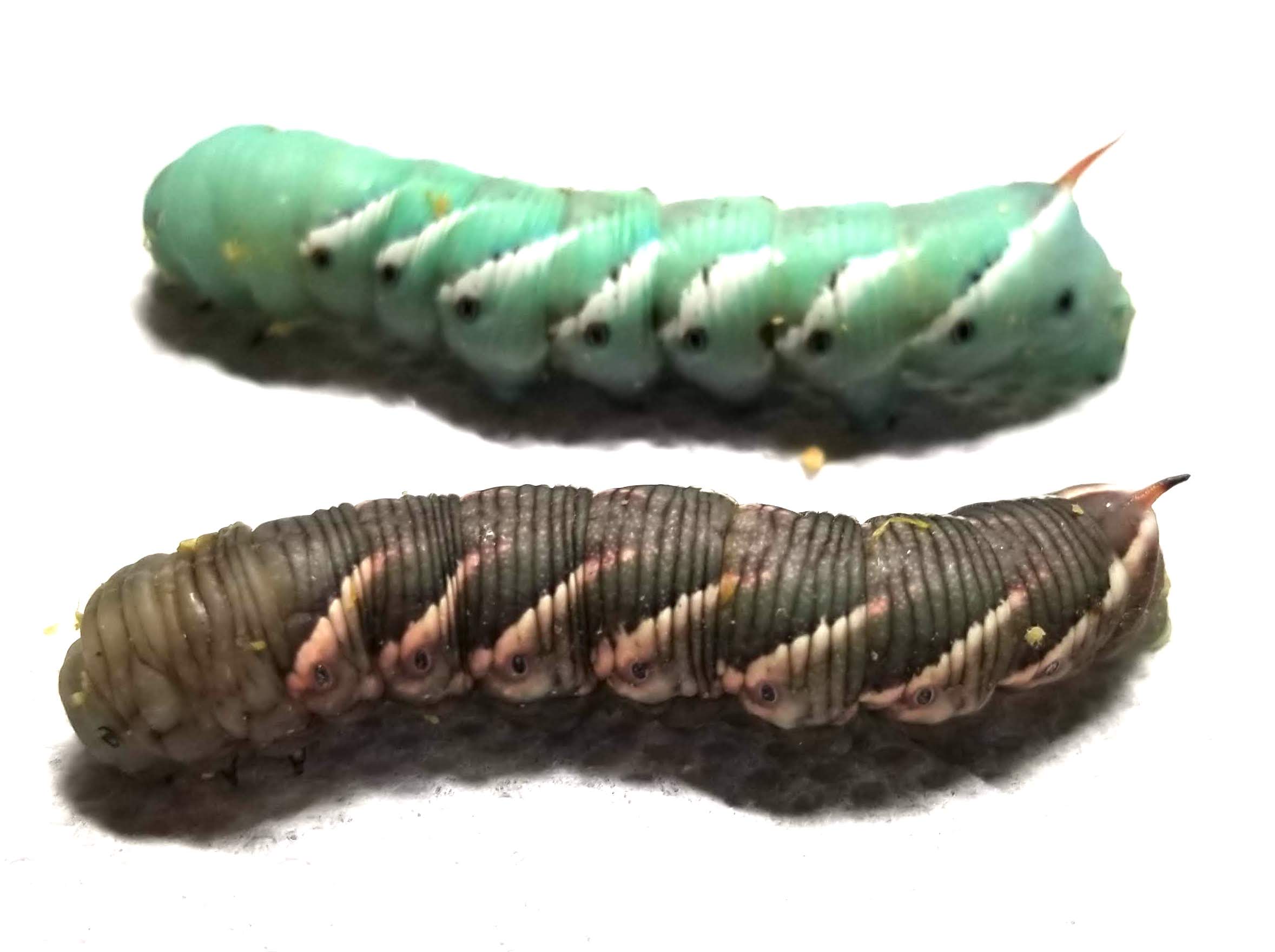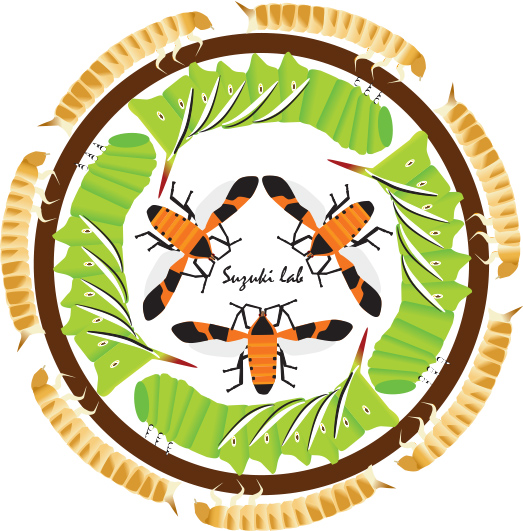
Research in the Suzuki lab
We are interested in understanding how the physiology and the genes of organisms, and their surrounding environment, interact to influence development. To this end, we take an integrative approach, using both modern molecular and classical experimental techniques, to address the following issues:
1) Evolution and development of insect limb regeneration
Many organisms regenerate their appendages during the juvenile phase. Why do some organisms regenerate more readily than others? What factors influence the ability of an organism to regenerate its limbs? We are addressing these questions by studying the developmental underpinnings of limb regeneration in the flour beetle, Tribolium castaneum, and the large milkweed bug, Oncopeltus fasciatus.
2) Developmental physiology and evolution of metamorphosis
Many organisms, including humans, undergo major transitions during development. Puberty in humans, for example, is associated with major endocrine and phenotypic changes. Similarly, molting and metamorphosis in insects are associated with major physiological and morphological changes. We are currently using the tobacco hornworm, Manduca sexta, and Tribolium castaneum to investigate the factors and physiological/genetic mechanisms underlying the timing and initiation of major life history transitions. In addition, one of biggest mysteries of insect evolution is the origin of metamorphosis. We seek to understand the physiological and developmental changes that led to the evolution of insect metamorphosis.
3) Developmental regulation and evolution of phenotypic plasticity
An organism’s ability to alter its developmental trajectory in response to an environmental change is called phenotypic plasticity, and this ability has been proposed to play an important role in adaptive evolution (West-Eberhard, 2003. Developmental Plasticity and Evolution). To better understand phenotypic plasticity, we are currently investigating the mechanisms underlying phenotypic plasticity in pigmentation and behavior.


